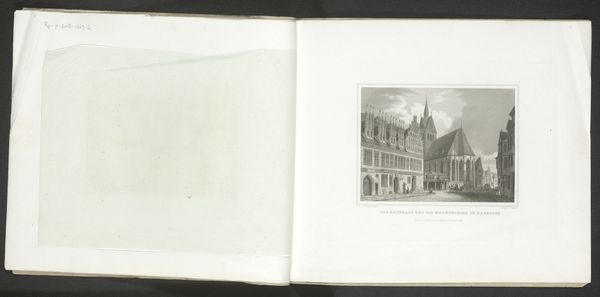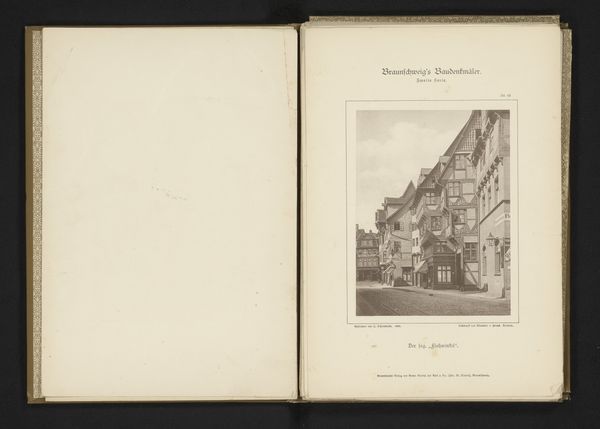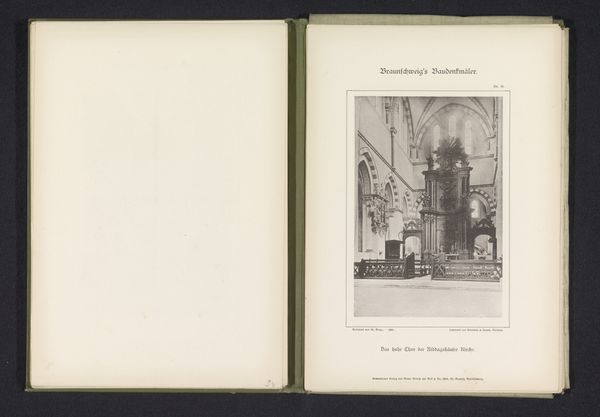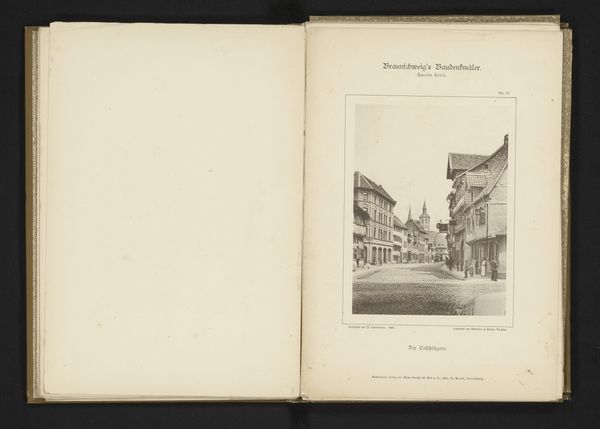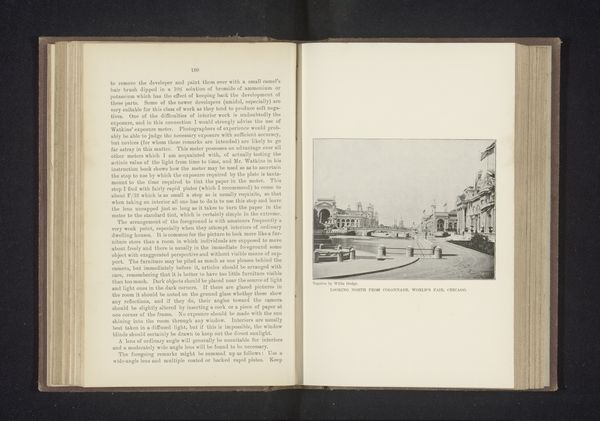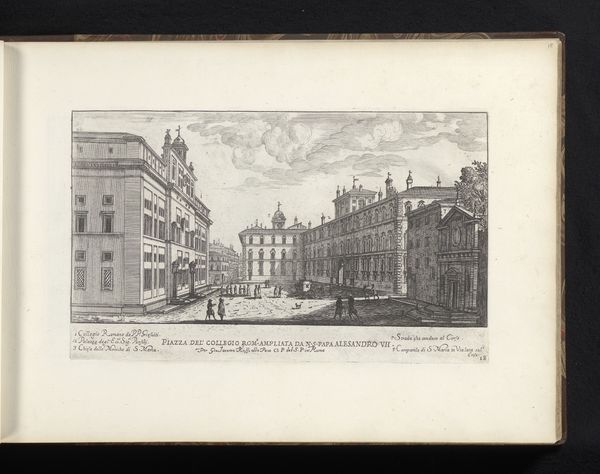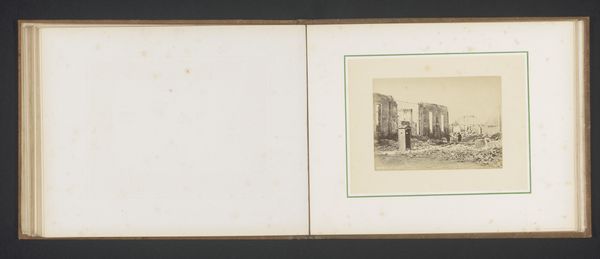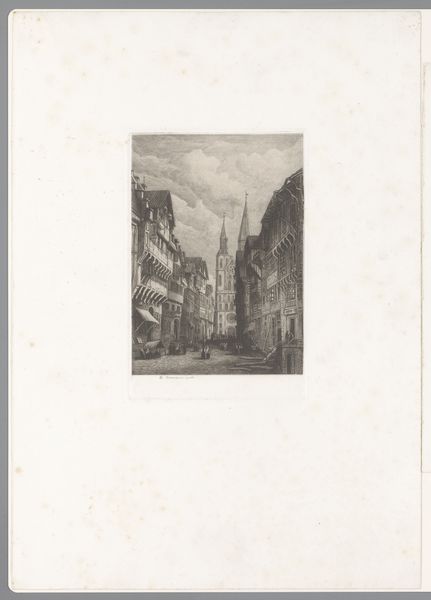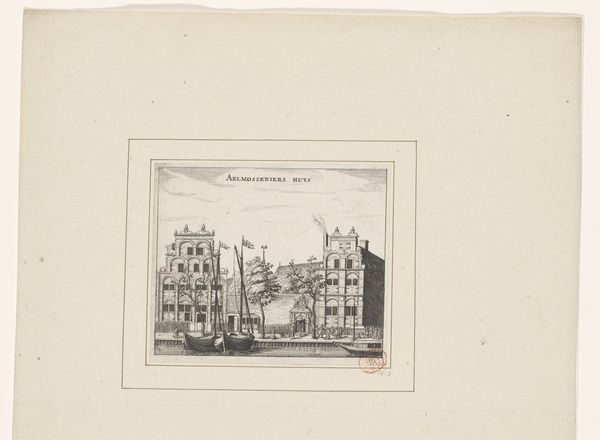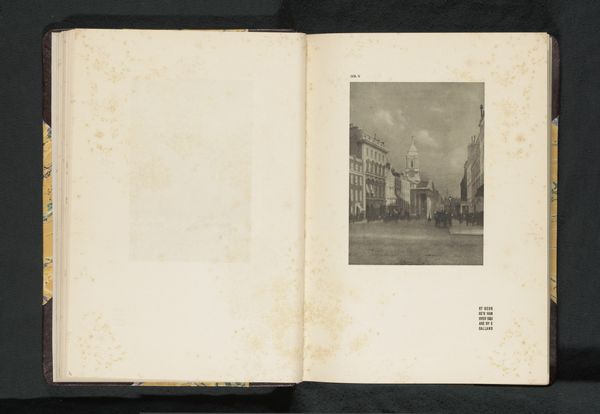
drawing, pencil
#
drawing
#
landscape
#
romanticism
#
pencil
#
cityscape
Dimensions: height 158 mm, width 215 mm
Copyright: Rijks Museum: Open Domain
Editor: Here we have Ludwig Hoffmeister's "View of the Altes Palais and the Leineschloss in Hanover," a pencil drawing from 1839. It feels incredibly formal, almost stoic in its presentation of these grand buildings. What do you see in this piece, considering the era it was made? Curator: What I see is a deliberate construction of civic identity. Consider how architecture, particularly that of palaces and state buildings, operates as a symbol. Hoffmeister gives us not just buildings, but emblems of power. The very lines he uses – crisp and unwavering – contribute to a sense of order and permanence. What feelings are evoked for you by the visual representation? Editor: It's interesting that you mention permanence, because viewing it through that lens gives it a powerful, unwavering essence. While it feels rigid, I can also appreciate the symbolism that communicates civic strength. Curator: The rigidness itself becomes a symbolic language. Are we seeing strength, or perhaps a fragile facade trying to project power? What resonates with you emotionally in that contrast? The details – the people, the carriages – they are small but present. They remind us of life continuing, even under the gaze of these imposing structures. Consider also the visual hierarchy; how does the drawing invite our gaze, and to what effect? Editor: I see what you mean about the composition now. The artist captured everyday moments against a backdrop of power. The act of portraying architecture as more than brick and mortar is fascinating, imbuing these structures with cultural relevance beyond just their basic use. It almost suggests that cities also have collective identities, captured in its design and architecture. Curator: Exactly. And recognizing the intended symbols help decode its visual message and resonate with shared memory, whether factual or propagandistic. Editor: This was really interesting. Thanks for your perspective on the visual cues as historical messaging, it changed how I viewed the image. Curator: A pleasure! Sometimes all it takes is knowing what visual keys to look for.
Comments
No comments
Be the first to comment and join the conversation on the ultimate creative platform.
